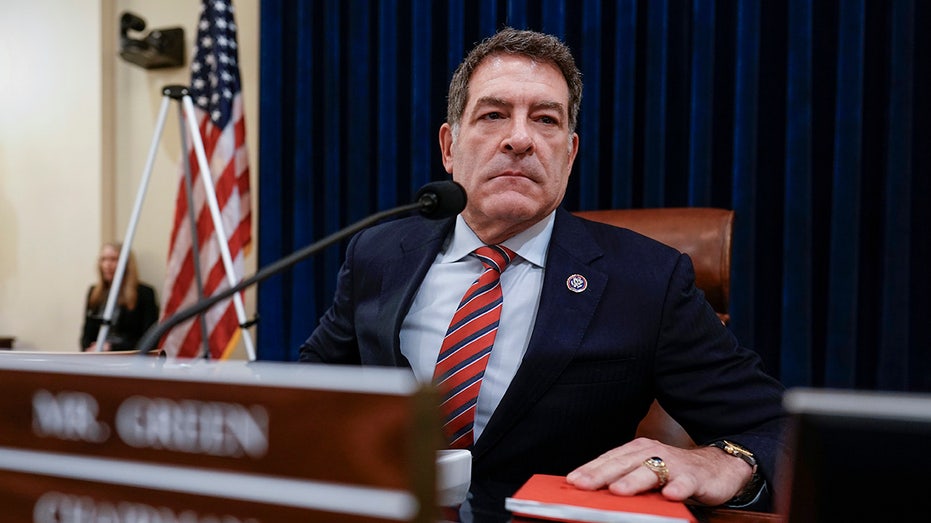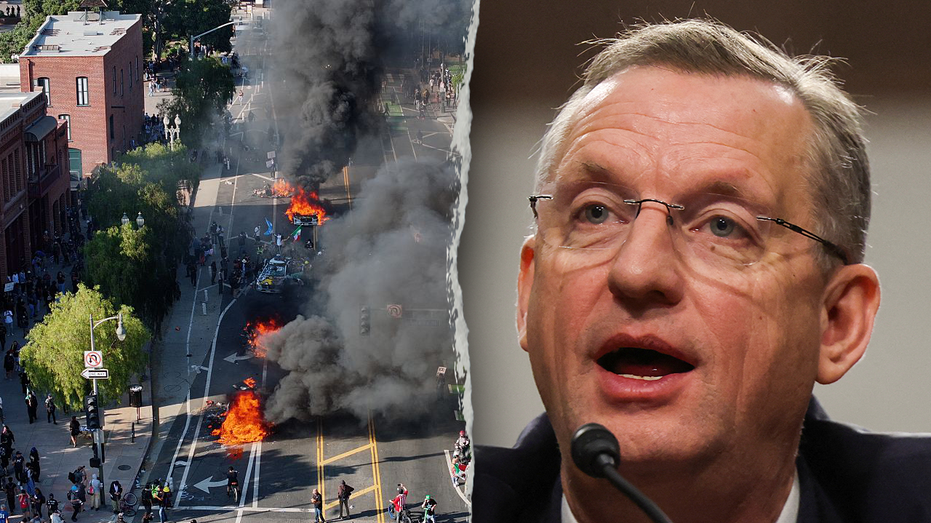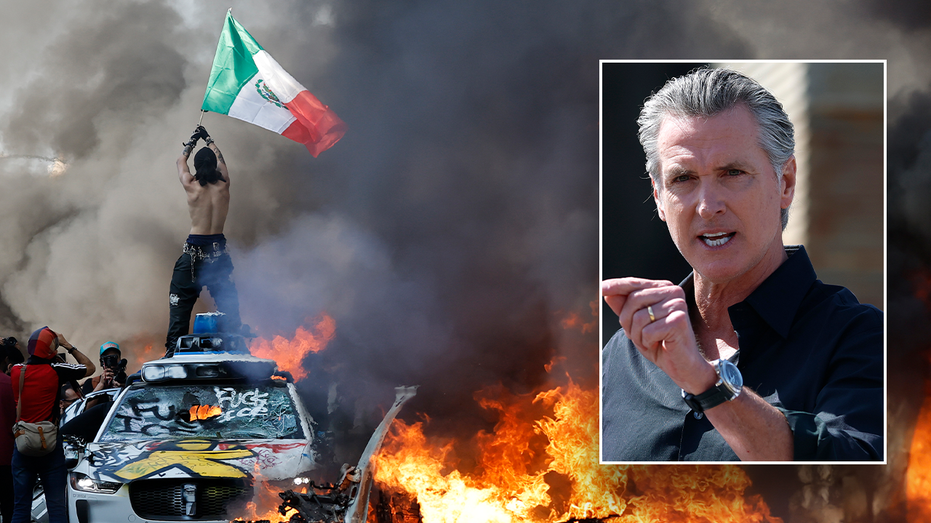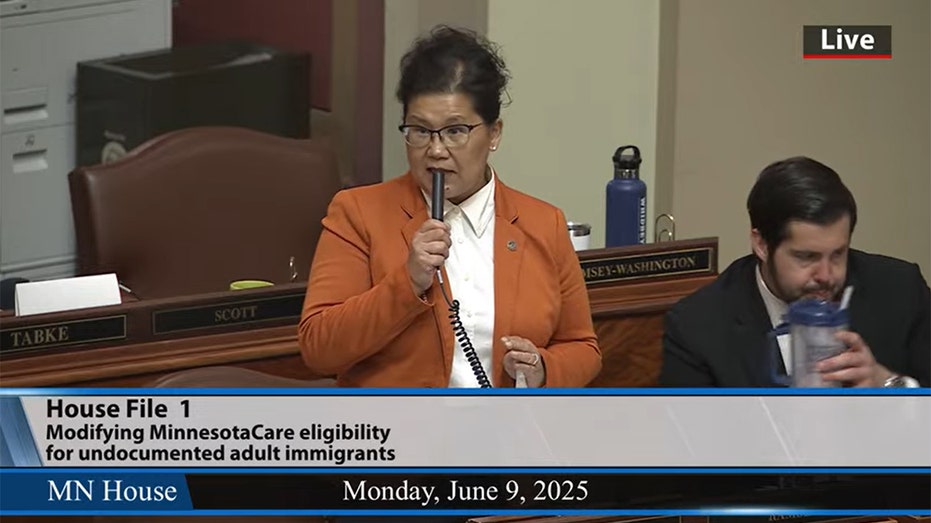Rescue Success: Everest-installed Defibrillator Saves Climber's Life Weeks After Deployment
David Sullivan's defibrillator rescue on Mount Everest underscores the critical need for CPR training and emergency equipment in remote regions.
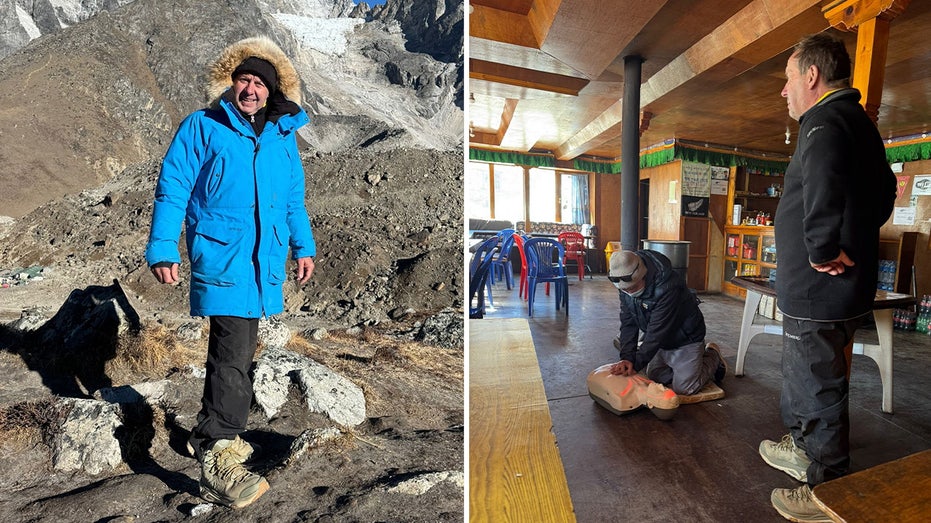
A British man who climbed the treacherous slopes of Mount Everest to install a defibrillator says the device saved a climber’s life just three weeks after it was put in place. David Sullivan, 62, embarked on the difficult journey fueled by personal loss and a deep commitment to public health, aiming to position a lifesaving tool at more than 16,000 feet above sea level—in what he believes is the world’s highest-positioned defibrillator.
Sullivan, who lost four friends under the age of 45 to sudden cardiac arrest, founded Code Blue CPR in their memory. His mission: to deliver CPR training and essential equipment to some of the world’s most remote and challenging locations. Earlier this year, he conducted high-altitude tests of the defibrillator at 22,000 feet before making his way down to a village near Everest Base Camp, where he installed the device for emergency use.
After returning to his home in Surrey on April 30, Sullivan had no inkling that his work would prove critical so quickly. Just three weeks later, he received a phone call in the early hours of the morning. To his relief, it was not bad news from his traveling children, but rather an excited Sherpa announcing that the defibrillator had been used to save a 30-year-old woman’s life. “It was the proudest moment of my life,” Sullivan said. The incident powerfully affirmed the value of his physically and emotionally demanding expedition.
While in the Himalayas, Sullivan also provided training to local Sherpas and villagers, most of whom lacked any previous emergency medical instruction. “It is incredible that something so simple can save someone’s life,” Sullivan remarked, emphasizing the critical nature of rapid emergency intervention. He added, “Being within three minutes of a defibrillator increases your chance of survival from 8% to more than 50%.”
This cause carries a very personal weight for Sullivan. Months after learning CPR himself, he once used the skill in a real-life emergency, performing nine minutes of resuscitation and deploying a defibrillator to save a young man’s life. The experience left an indelible mark, especially as dozens of bystanders watched without stepping in because they lacked training. When the mother of the survivor called him the next day, Sullivan realized how vital it is for everyone to be equipped to help in a crisis.
Now, Sullivan is channeling his passion and expertise into a broader campaign. He plans to launch a school initiative aimed at training 1.2 million students in CPR while ensuring every educational institution has access to a defibrillator—and that all staff and students know how to use it. “We want every school to have a new defibrillator and every person in the school…to have all the training necessary to save someone’s life,” he stated. Sullivan remains steadfast in his goal, declaring, “We won’t stop until we achieve that.”

